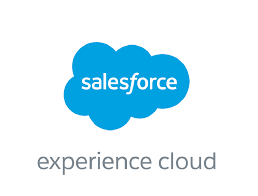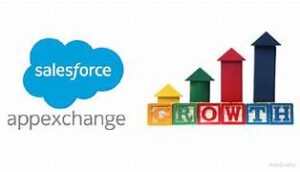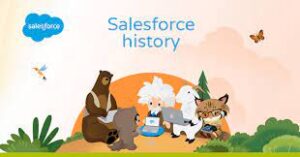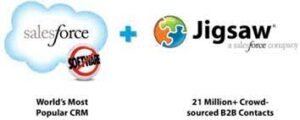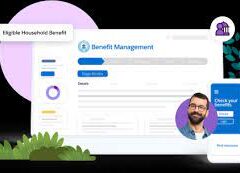Partner Portals vs. Customer Portals in Salesforce: Key Differences & Benefits
As businesses grow, efficient collaboration with partners and customers becomes essential. Salesforce Experience Cloud enables organizations to build two key types of portals:
- Partner Portals – Designed for collaboration with distributors, resellers, and suppliers.
- Customer Portals – Built for direct engagement with end customers.
Both improve communication, efficiency, and satisfaction—but serve different audiences and purposes.
Key Differences Between Partner & Customer Portals
| Feature | Partner Portal | Customer Portal |
|---|---|---|
| Primary Users | Distributors, resellers, suppliers | End customers |
| Purpose | Enable B2B collaboration, sales enablement, training | Provide self-service support, account management |
| Key Features | Deal registration, co-selling tools, performance metrics | Case management, knowledge base, order tracking |
| Access Level | Higher permissions (shared pipelines, confidential data) | Limited to personal account & support |
Why Build a Partner Portal?
Partner portals streamline B2B collaboration by centralizing:
✔ Sales & marketing materials
✔ Training resources
✔ Performance analytics
✔ Deal registration & co-selling tools
9 Must-Have Partner Portal Features
- Performance Dashboards – Track sales, revenue, and partner KPIs.
- Document Library – Share product guides, training, and marketing assets.
- Knowledge Base – FAQs, best practices, and policy details.
- Discussion Forums – Enable peer collaboration and Q&A.
- Event Calendar – Promote webinars, trainings, and conferences.
- Partner Directory – Find contacts (sales reps, support teams).
- Sales Tools – Email templates, pitch decks, and social media kits.
- Feedback Surveys – Gather insights to improve partner programs.
- CRM Integration – Sync with Salesforce for seamless data flow.
Why Build a Customer Portal?
Customer portals enhance self-service and loyalty by offering:
✔ 24/7 support access
✔ Order history & account management
✔ Community-driven troubleshooting
10 Essential Customer Portal Features
- Self-Service Hub – Resolve issues via FAQs and guides.
- Community Forums – Peer discussions and expert advice.
- Case Management – Submit and track support tickets.
- Knowledge Base – Product manuals and troubleshooting.
- Document Library – Downloadable resources (invoices, contracts).
- Event Calendar – Webinars, product demos, and training.
- Help Desk Integration – Connect with Zendesk or Service Cloud.
- Feedback Tools – Rate support and suggest improvements.
- Custom Profiles – Personalize avatars and preferences.
- Notifications – Alerts for updates, outages, and promotions.
5 Critical Considerations When Building a Portal
- Customization – Match branding and tailor features to user needs.
- Security – Secure logins, data encryption, and role-based access.
- Integration – Sync with CRM, ERP, and marketing tools.
- Collaboration – Enable file sharing, chats, and real-time updates.
- Analytics – Track engagement, satisfaction, and portal performance.
Conclusion
- Partner Portals focus on B2B collaboration, helping resellers and distributors drive sales.
- Customer Portals prioritize self-service support, improving satisfaction and retention.
Both portals unlock efficiency, data insights, and stronger relationships—when designed with the right features and security.
Need a custom Salesforce portal? Contact our experts to build a tailored solution for your partners or customers.

